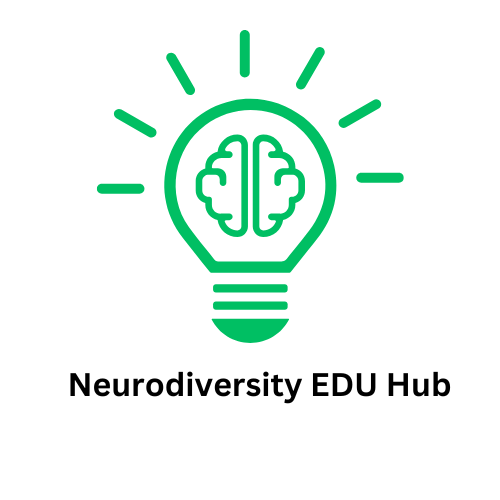
Inspiration Through Diversity: A Teacher's Journey
In the world of education, the connections formed between teachers and students are vital. When those connections are built on understanding and shared experiences, they can transform learning environments into safe spaces for growth. Larry Beerman, a science teacher at the Inside School of Michigan, does just that by openly embracing his Tourette syndrome to inspire his students. His journey showcases how neurodiversity can be a tremendous asset in the classroom.
In 'Teacher Uses His Tourette's to Connect with Students | Week in Neurodiversity,' the discussion dives into the transformative power of embracing neurodiversity in teaching, exploring key insights that sparked deeper analysis on our end.
Understanding Tourette Syndrome
Tourette syndrome is often misunderstood, characterized by involuntary tics that can be vocal or motor in nature. Beerman, who developed the condition during his college years, initially feared rejection due to his tics. This fear is common among those with neurodivergent conditions, where individuals often feel the need to conceal aspects of themselves to fit societal norms. Beerman's experience of wrestling with his condition speaks to this universal challenge of seeking acceptance while dealing with differences.
Embracing Authenticity in the Classroom
After a period of attempting to suppress his tics, Beerman made a pivotal decision: he chose to embrace his neurodivergence publicly. This decision not only relieved him of the anxiety that came with hiding his tics but also allowed him to connect with his students on a deeper level. "I understand their needs because there’s this wide range of conditions that fall under the neurodivergent family," Beerman explains. This insight fosters an inclusive environment where students feel safe to express their own quirks and idiosyncrasies.
Impact on Students' Lives
Beerman's approach has garnered immense appreciation from both students and staff. By sharing his own experiences with Tourette syndrome, he reassures his students that it's okay to be different. Many students with neurodivergent conditions often feel isolated; Beerman's presence and authenticity encourage them to embrace who they are. The celebration of individuality in his classroom has practical implications as well. When students see their teacher being openly authentic, it instills in them a sense of belonging and validates their own experiences.
Why Diversity Matters in Education
The landscape of education is evolving, with increasing recognition of the value of diverse learning needs and perspectives. Beerman's example serves as a pivotal case study of how embracing neurodiversity can enrich educational settings. Understanding and acceptance not only foster a positive classroom dynamic but also equip students with essential social skills that they will carry beyond their academic lives. Schools that prioritize neurodiversity enable a culture that respects and values differences, ultimately preparing students for a diverse world.
Conclusion: Advocating for Neurodiversity
Beerman's journey raises an important question: Should teachers be more open about their neurodivergence? As society continues to progress in understanding mental health and neurodiversity, it is crucial for educators to advocate for their own conditions, creating awareness and acceptance in their communities. Larry Beerman's story exemplifies how vulnerability can lead to powerful connections, ultimately creating classrooms that celebrate diversity and encourage everyone to thrive.
As we reflect on these insights, it becomes our collective responsibility to champion neurodiversity in education. To foster environments where all individuals (teachers and students alike) can feel free to be themselves—quirks and all—should be among our top priorities moving forward.
 Add Row
Add Row  Add
Add 




Write A Comment